The crankshaft is a vital component of internal combustion engines, playing a crucial role in converting the linear motion of the pistons into rotational energy. Crankshafts come in various designs, each offering unique benefits and drawbacks. One such design is the crossplane crankshaft, which has garnered attention for its distinctive characteristics and performance advantages. Understanding this type of crankshaft and how it compares to other designs is essential for automotive enthusiasts and industry professionals.
The design of the crankshaft significantly affects engine behavior, including power delivery, vibration, and overall performance. Among the most common crankshaft designs are the inline, flat-plane, and crossplane configurations. Each design serves specific engine types and applications. This article will explore the crossplane crankshaft in detail, compare it to other crankshaft designs, and shed light on its performance attributes. By understanding these concepts, you will gain a clearer perspective on the role of crankshaft design in engine dynamics.
What is a Crossplane Crankshaft?
Overview of the Crossplane Design
A crossplane crankshaft is a type of crankshaft commonly found in V8 engines. It features a unique design where the pin arrangements are situated at 90-degree intervals. This layout allows for two pistons firing at the same time, producing a distinct firing sequence. One of the key benefits of the crossplane design is its ability to reduce vibrations and create a smoother power delivery compared to other configurations.
The crossplane crankshaft is traditionally used in performance-oriented engines. It is particularly prevalent in American muscle cars and performance vehicles. The design supports a more balanced movement, minimizing vibrations and enhancing overall drivability. This makes it a popular choice for enthusiasts seeking both power and smoothness in their engines.
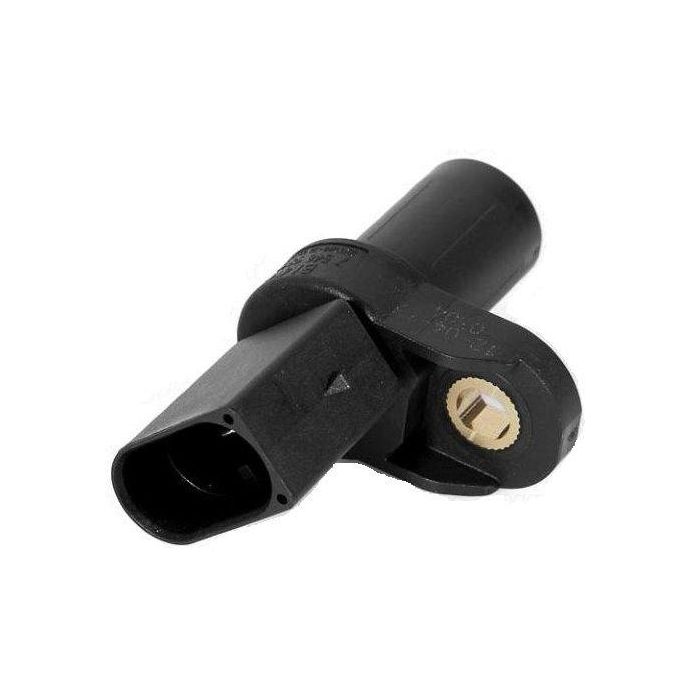
Mechanical Configuration
The mechanical configuration of the crossplane crankshaft sets it apart from other designs. With each crank throw at 90 degrees, the firing order becomes staggered rather than even. This configuration promotes better exhaust scavenging, leading to improved power and torque delivery across the RPM range. Additionally, the increased mass of the crankshaft due to its design contributes to reducing vibrations that can impact performance.
The balance and even distribution of mass in the crossplane crankshaft allow for smoother operation, particularly at higher speeds. In many cases, this design offers better engine sound characteristics, which is crucial for performance vehicles. Overall, the mechanical aspects of the crossplane crankshaft contribute to its popularity in high-performance applications.
Comparing Crossplane to Flat-plane Crankshafts
Understanding Flat-plane Crankshafts
Flat-plane crankshafts, in contrast to crossplane designs, have their crankpin arrangements in line with each other at 180-degree intervals. This configuration is commonly found in four-cylinder and V8 engines, particularly those designed for high-revving performance, such as those found in European sports cars. The design allows for a lightweight and compact construction, resulting in quick throttle response and higher RPM capabilities.
One of the defining features of the flat-plane design is a firmer and more aggressive exhaust note. This characteristic appeals to many enthusiasts and is often associated with performances that are more aggressive and raw. However, the flat-plane crankshaft can generate more vibrations due to its lightweight design and firing order, making it less suited for everyday driving compared to crossplane designs.
Performance Differences
The differences in performance between crossplane and flat-plane crankshafts are primarily based on the engine’s intended application. Crossplane crankshafts produce smoother power delivery and reduced vibrations, making them suitable for applications that prioritize comfort while maintaining performance. In comparison, flat-plane crankshafts tend to provide better responsiveness at higher RPMs, making them popular among performance-driven vehicles.
While flat-plane designs can create more power due to their lighter weights and better engine breathing characteristics, they often sacrifice smoothness and low-end torque. In contrast, crossplane crankshafts tend to deliver better low-end torque, which can enhance drivability in everyday scenarios. Choosing between these two designs depends on the desired driving experience and application, highlighting the importance of understanding each configuration’s attributes.
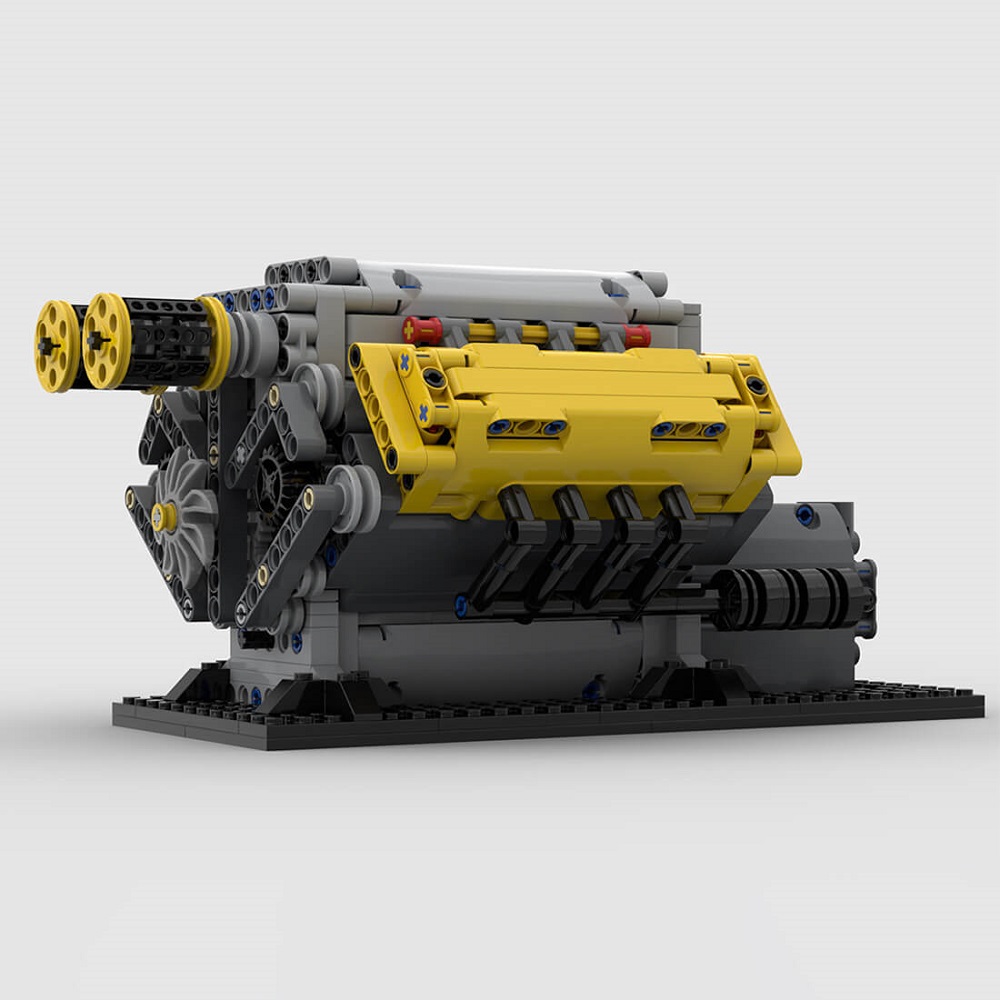
The Benefits of Crossplane Crankshafts
Smoother Operation
One of the most notable benefits of crossplane crankshafts is their ability to produce smoother operation compared to other designs. As a result of their configuration, crossplane engines experience significantly less vibration, which can be particularly advantageous for drivers in both everyday and demanding situations. This smooth operation leads to increased driving comfort and reduced wear on engine components, which enhances overall engine longevity.
Additionally, the even power delivery characteristic of crossplane designs allows for better tuning flexibility. Because the engine performs consistently across a range of RPMs, drivers and tuners can achieve optimal performance without sacrificing smoothness. This balance makes crossplane crankshafts an appealing choice for a wide variety of applications, from street vehicles to race cars.
Improved Torque Characteristics
Another significant advantage of crossplane crankshafts is their improved torque characteristics. The 90-degree arrangement of the crank pins allows for better firing intervals and exhaust scavenging. This directly contributes to higher low-end torque and improved acceleration. This feature is particularly valuable in everyday driving situations where quick acceleration is needed.
Vehicles equipped with crossplane crankshafts can feel more responsive when accelerating from a stop or while overtaking. This powerband helps in numerous driving situations, making the driving experience versatile and enjoyable. For enthusiasts who appreciate performance and usability, a crossplane crankshaft delivers the required combination to suit their needs.
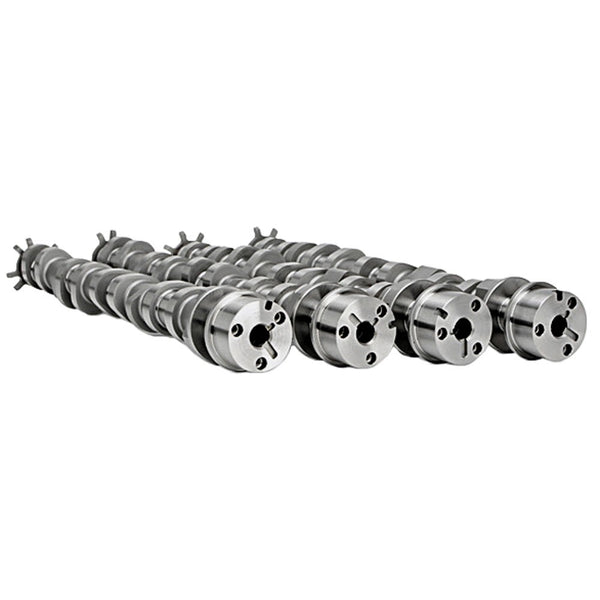
Common Issues with Crankshafts
Wear and Tear
Like any mechanical component, crankshafts, including crossplane designs, can experience wear and tear over time. Common issues include wear on the bearings and journals. Lack of proper lubrication, along with insufficient maintenance, can lead to increased wear, resulting in compromised performance. Regular oil changes and lubrication checks are crucial to ensuring longevity and performance.
When wear occurs, it can lead to vibrations, noise, and ultimately failure of the crankshaft if left unaddressed. Recognizing these symptoms early can help prevent more extensive damage and expensive repairs. Car owners should be vigilant about listening for unusual engine noises and checking oil levels regularly to maintain the health of their crankshaft.
Misalignment
Crankshaft misalignment can also pose significant challenges in engine performance. Misalignment can occur during installation or as a result of wear and tear on engine components. If the crankshaft is not aligned properly, it can lead to uneven wear on bearings and create excessive friction, leading to further problems.
Diagnosing misalignment can be complex, as various components may appear normal. Mechanics often use specialized tools to measure alignment and detect issues that are not visible to the eye. If misalignment is suspected, addressing it promptly will help avoid further complications and maintain optimal engine performance. Regular inspections can help catch issues early and ensure that the crankshaft operates correctly.
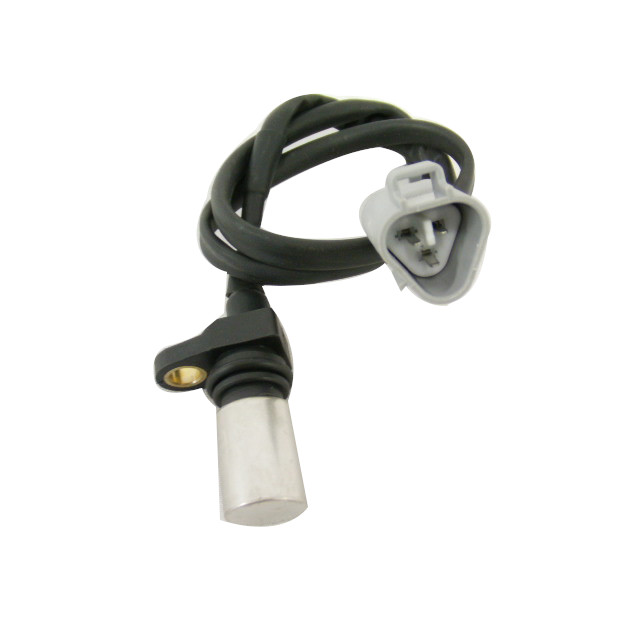
Repairing Crankshaft Issues
Regular Maintenance
The most effective way to reduce the risk of crankshaft problems is through regular maintenance. Following manufacturer recommendations for oil changes and inspections will help ensure the crankshaft remains in good working condition. Keeping track of these service intervals is crucial for long-term health and performance.
According to experts, a well-maintained crankshaft can provide reliable performance for years. Regular inspections allow for early detection of wear, misalignment, or other issues. When addressing problems early, vehicle owners can avoid more significant repairs and potential engine failures, improving the longevity of their engine components.
Replacement Options
When problems with the crankshaft become severe, replacement may be necessary. If wear exceeds allowable limits or damage occurs, it is essential to consider installing a new or refurbished crankshaft. Replacing the crankshaft requires significant labor and expertise, so consulting a skilled mechanic is advisable.
When choosing a replacement, consider options such as aftermarket performance crankshafts or OEM parts. Each option has its benefits and potential complications, so thorough research is important. Depending on the vehicle’s purpose—whether for daily driving or performance applications—selecting the right crankshaft can provide the optimal balance of performance and reliability.
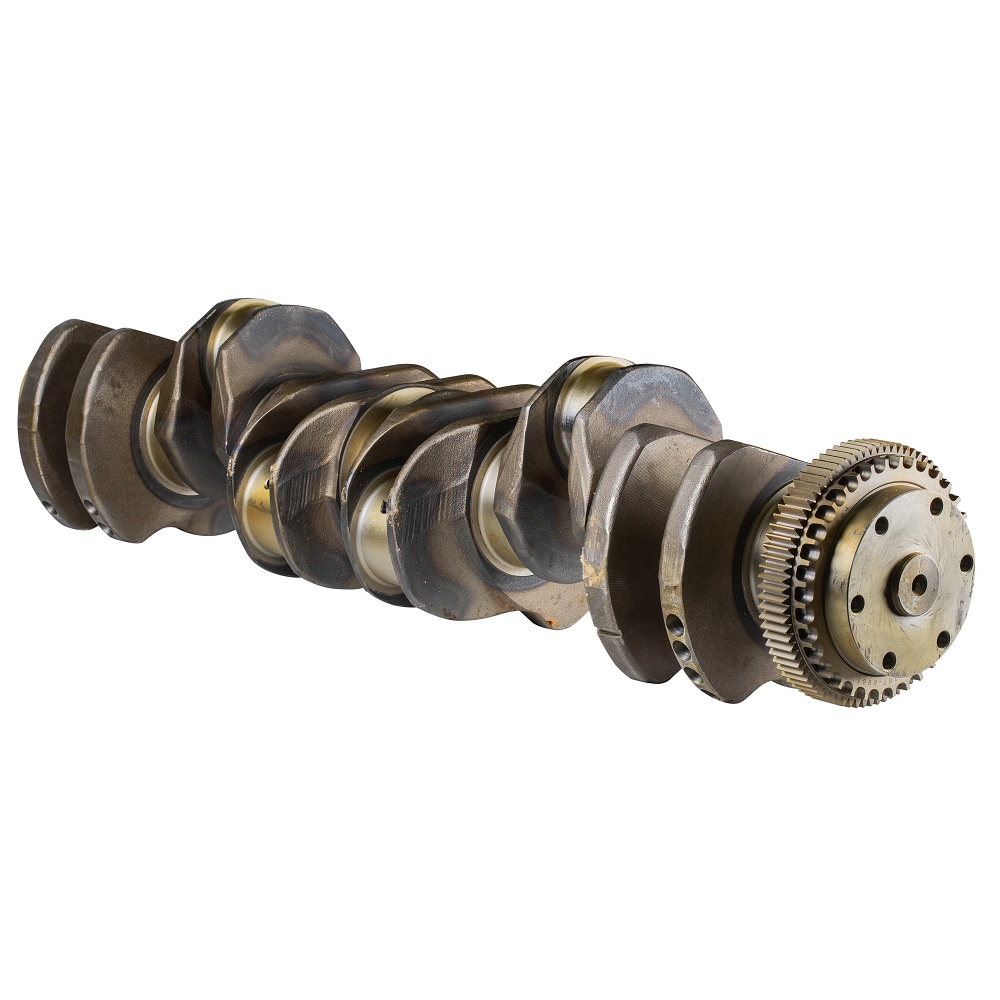
Conclusion: The Significance of Crankshaft and Camshaft in Engine Performance
Summary of Key Insights
In summary, understanding the roles of the crankshaft and camshaft is vital for appreciating engine performance. The crankshaft converts linear motion into rotary power, while the camshaft manages valve timing for optimal combustion. Both components must work in harmony for the engine to function correctly. Familiarity with common issues and the necessary maintenance practices can ensure a smooth driving experience.
The crossplane crankshaft stands out for its ability to provide smooth operation and improved torque characteristics. Its design enhances performance while minimizing vibrations. When comparing it to other designs, such as flat-plane options, it’s clear that each has its own set of advantages and applications. The choice depends on personal preferences and driving needs.
Emphasizing Preventative Care
Ultimately, prioritizing preventative care will extend the life of your crankshaft and camshaft. Regular inspections, proper lubrication, and prompt attention to any issues will help keep your engine running smoothly. Understanding the importance of these components will enable owners to maintain their vehicles effectively.
Embracing the knowledge of how these systems work can lead to better decisions for repairs and maintenance. As you navigate the complexities of engine care, remember that informed choices can enhance the performance and reliability of your vehicle. By maintaining awareness and actively caring for your engine, you can enjoy a powerful and efficient ride for years to come.
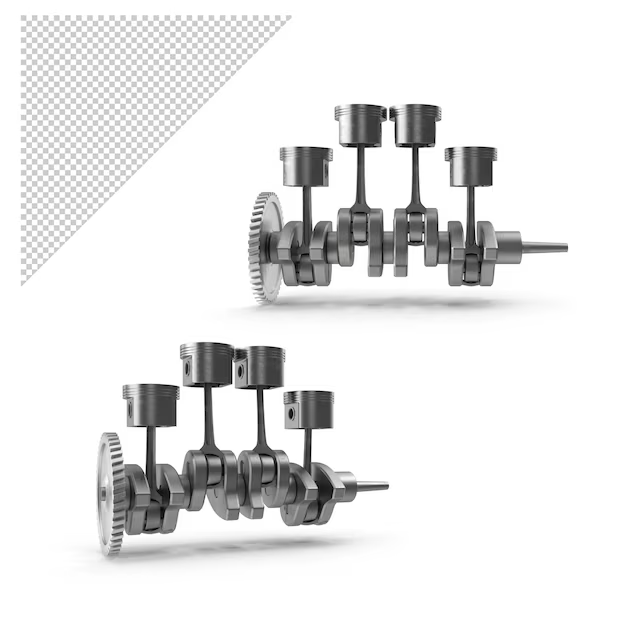
Leave a Reply